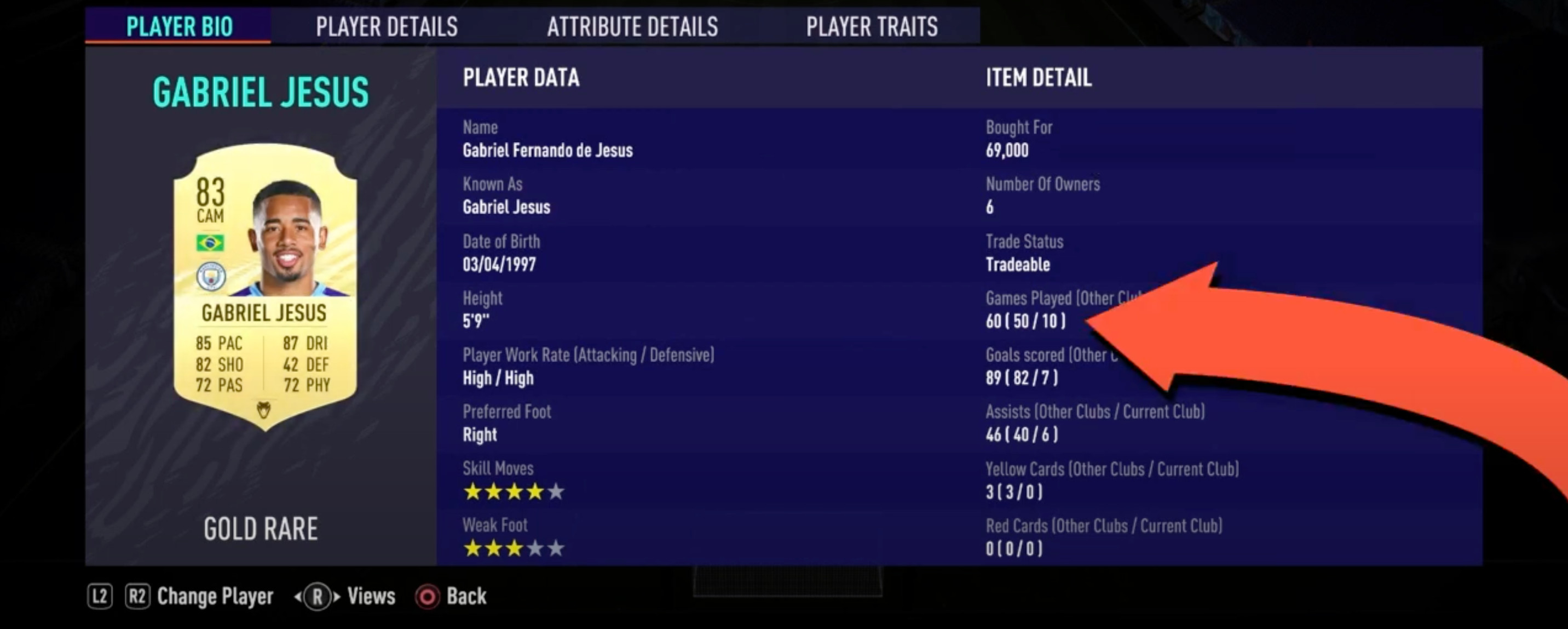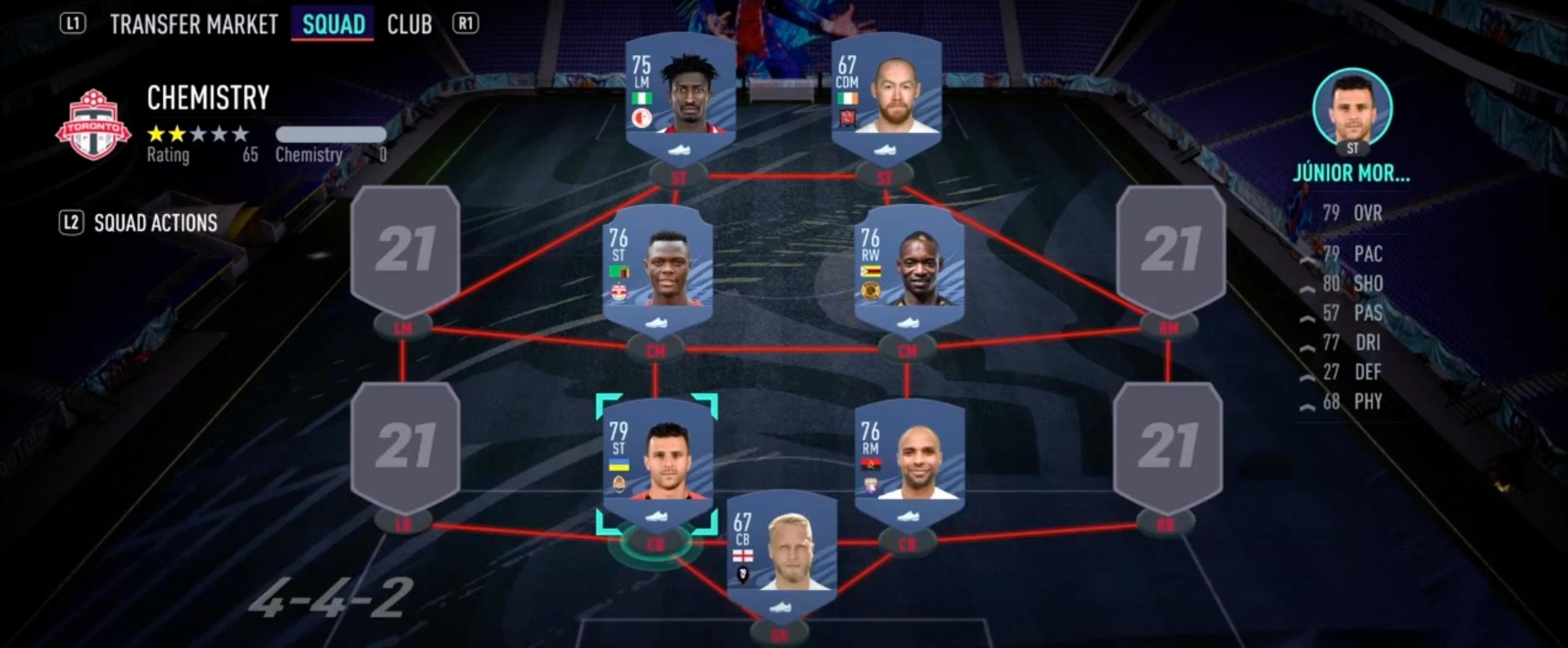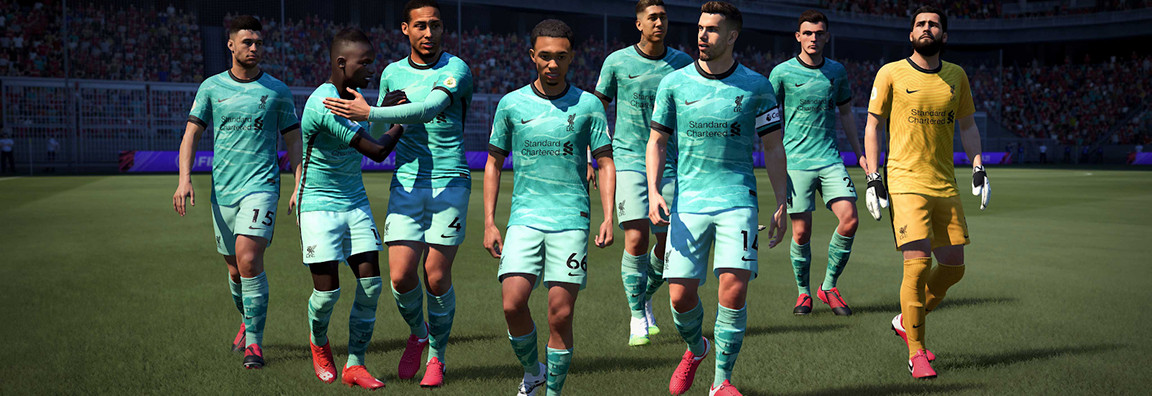How do you pick a best friend? Is it someone you hate? Probably not. We choose friends based on common interests, geographical proximity, and chemistry.
That's the mindset EA Sports took with the chemistry system in FIFA 21. Chemistry or player compatibility impacts performance depending on team composition.
It is complicated. However, that doesn’t mean there’s no way to understand it. You can dive into mathematical formulas or stick your toes into the basics. In this guide, you’ll learn everything you need to know about chemistry - what it is, why it matters, and how to use it - in the most simple way possible.
What is chemistry?
Chemistry is how well pros match with other players, the team, their position, and the managers. The higher the chemistry, the better the players’ stats or attributes. Poor chemistry conversely lowers stats.
What types of chemistry are there?
There is player chemistry, scored out of ten, and team chemistry, scored out of 100. In the game, player chemistry is weighed more heavily than team chemistry. There’s also a hidden overall chemistry rating and chemistry modifiers that boost chemistry.
For position, if you put a player in a spot that they don’t play in real life it will negatively affect chemistry. You can get a position modifier card on the transfer market to fix that.
Loyalty chemistry for the club happens when a player plays ten games with it. A manager that matches a nationality and league used by your club will also boost chemistry.

How do you tell chemistry between players?
When you’re picking out your starting team, you’ll see colored lines between the players in green, yellow, and red. Red is the lowest level of chemistry between players showing no connections in terms of league, club, or nationality.

Yellow is when two players have something in common, like playing in the same league. Green is the best. That’s when two players have more than one thing in common.
What are Chemistry Style consumables?
Chemistry Styles are consumables available on the transfer market that improve player attributes. They work on players with high individual chemistry, so don’t use them on low chemistry players.
There are four categories: Goalkeeper, Defensive, Midfield, and Attacking. Styles improve things like shooting, dribbling, defending, passing, and positioning.
How do I get the best chemistry rating?
Pay attention to position, other players, loyalty, and the manager to get the highest possible chemistry rating for your team. Remember, individual chemistry is more important than team chemistry.
Chemistry is more important than simply putting together the best players on the pitch. Ideally you’ll want every individual to have a chemistry of 10, but that’s not always possible to aim for 7 or higher. The manager and loyalty points are easy to get, so make you optimize the team.
Finally, plan well. When you’re picking up new players or planning a team, don’t forget to keep chemistry in mind and your wallet. The extra coins might make the difference when improving your team’s compatibility.
Do a little research on what you’re getting, and how you can get better for the Open Series to score cash and exclusive prizes.
